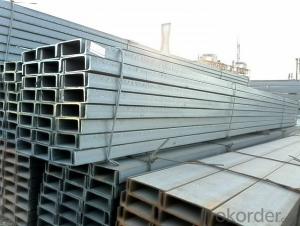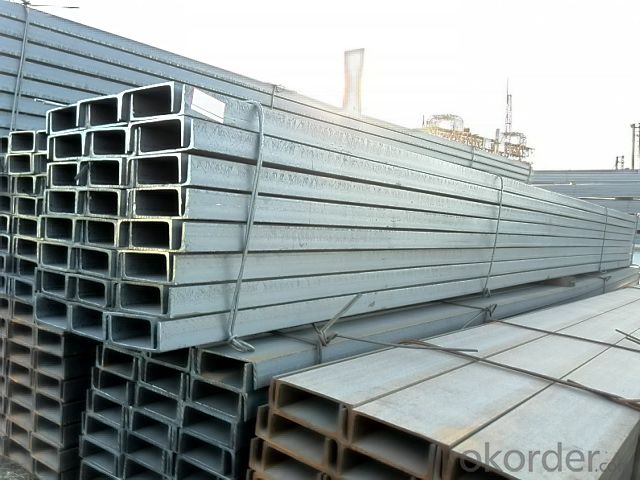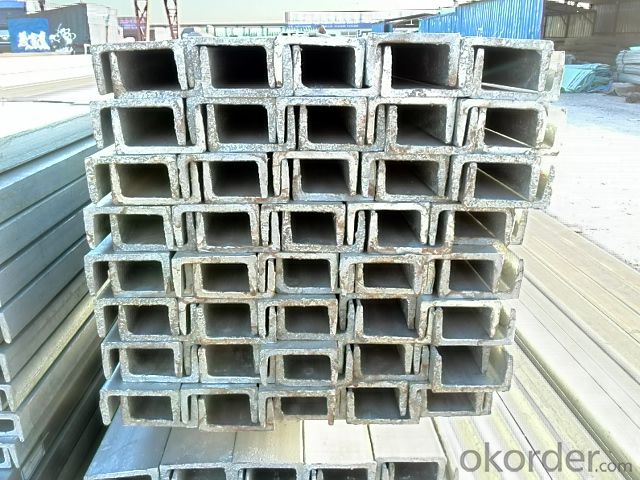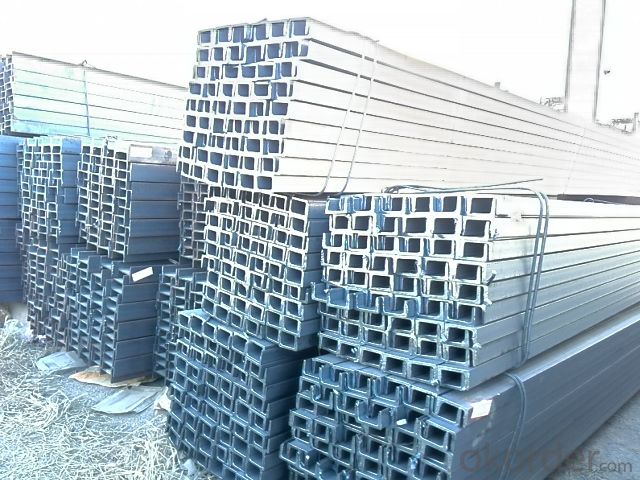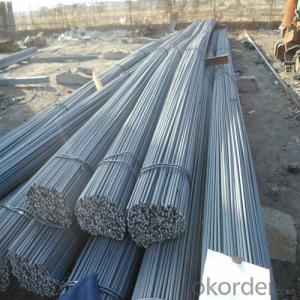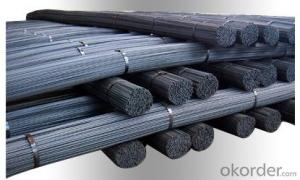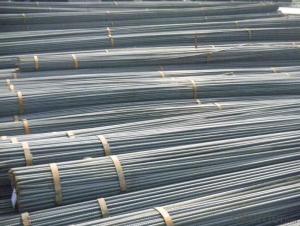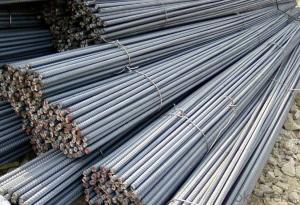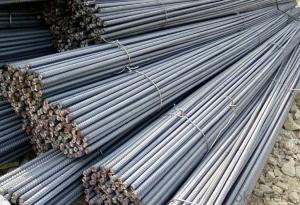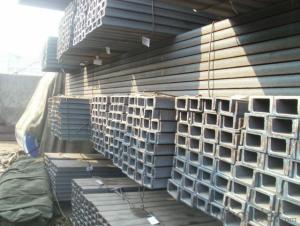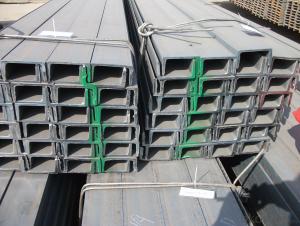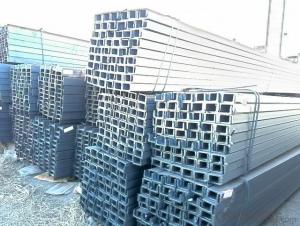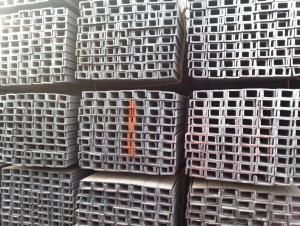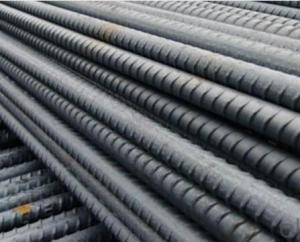JIS Standard U-channels with best quality
- Loading Port:
- Tianjin
- Payment Terms:
- TT OR LC
- Min Order Qty:
- 25 m.t.
- Supply Capability:
- 10000 m.t./month
OKorder Service Pledge
OKorder Financial Service
You Might Also Like
Product Description:
| Minimum Order Quantity: | 25MT | Unit: | m.t. | Loading Port: | Xingang Port |
| Supply Ability: | 120000TON/Year | Payment Terms: | TT or LC |
Product Applications:
JIS Standard U-channels are ideal for structural applications and are widely used in the construction of buildings and bridges, and the manufacturing, petrochemical, and transportation industries.
Product Advantages:
OKorder's JIS Standard U-channels are durable, strong, and resist corrosion.
Main Product Features:
· Premium quality
· Prompt delivery & seaworthy packing (30 days after receiving deposit)
· Corrosion resistance
· Can be recycled and reused
· Mill test certification
· Professional Service
· Competitive pricing
Product Specifications:
Manufacture: Hot rolled
Grade: Q195 – 235
Certificates: ISO, SGS, BV, CIQ
Length: 6m – 12m, as per customer request
Packaging: Export packing, nude packing, bundled
1. We are definitely speciallizing in manufacturing and supplying channel steel as per japanese standard, which is characterised with high mechanical strength and competitive prices.
Original Place | Tangshan, China | Brand Name | UINDA |
Standard | JIS G3192 : 1990 | ||
Material Grade | SS490 | ||
Sizes | 50mm to 200mm | ||
Sales Volume/Year | 3000MT | ||
Destination Area | Middle East, Africa, Southeast Asia | ||
2. The sections in details are as followings in the table-1
JIS U CHANNEL | Standard | Sectional | Dimension |
| Mass: |
| (mm) | (mm) | (mm) | (mm) |
|
50x25 | 50 | 25 | 3.0 | 6.00 | 2.37 |
75X40 | 75 | 40 | 3.8 | 7.00 | 5.30 |
75X40 | 75 | 40 | 4.0 | 7.00 | 5.60 |
75X40 | 75 | 40 | 4.5 | 7.00 | 5.85 |
75X40 | 75 | 40 | 5.0 | 7.00 | 6.92 |
|
|
|
|
|
|
100X50 | 100 | 50 | 3.8 | 6.00 | 7.30 |
100X50 | 100 | 50 | 4.2 | 6.00 | 8.03 |
100X50 | 100 | 50 | 4.5 | 7.50 | 8.97 |
100X50 | 100 | 50 | 5.0 | 7.50 | 9.36 |
|
|
|
|
|
|
125X65 | 125 | 65 | 5.2 | 6.80 | 11.66 |
125X65 | 125 | 65 | 5.3 | 6.80 | 12.17 |
125X65 | 125 | 65 | 5.5 | 8.00 | 12.91 |
125X65 | 125 | 65 | 6.0 | 8.00 | 13.40 |
|
|
|
|
|
|
150x75 | 150 | 75 | 5.5 | 7.30 | 14.66 |
150x75 | 150 | 75 | 5.7 | 10.00 | 16.71 |
150x75 | 150 | 75 | 6.0 | 10.00 | 17.90 |
150x75 | 150 | 75 | 6.5 | 10.00 | 18.60 |
150x75 | 150 | 75 | 6.5 | 10.00 | 24.00 |
|
|
|
|
|
|
200X80 | 200 | 80 | 7.5 | 11.00 | 24.60 |
Table-1
3. The mechanical property of JIS U Channel Steel in the table-2:
Grade | Yield Strength,N/mm² | Extension Strength N/mm² | |||
Thickness of Steel,mm | |||||
≦16 | >16-≦40 | >40-≦100 | >100 | ||
SS490 | ≧285 | ≧275 | ≧255 | ≧245 | 490-610 |
Table-2
4. The chemical composition of JIS U Channel Steel as per SS490 in the table-3
Grade | Element(%) | |||
C | Mn | P | S | |
SS490 | - | - | ≦0.050 | ≦0.050 |
Table-3
FAQ:
Q1: Why buy Materials & Equipment from OKorder.com?
A1: All products offered by OKorder.com are carefully selected from China's most reliable manufacturing enterprises. Through its ISO certifications, OKorder.com adheres to the highest standards and a commitment to supply chain safety and customer satisfaction.
Q2: What makes stainless steel stainless?
A2: Stainless steel must contain at least 10.5 % chromium. It is this element that reacts with the oxygen in the air to form a complex chrome-oxide surface layer that is invisible but strong enough to prevent further oxygen from "staining" (rusting) the surface. Higher levels of chromium and the addition of other alloying elements such as nickel and molybdenum enhance this surface layer and improve the corrosion resistance of the stainless material.
Q3: Can stainless steel rust?
A3: Stainless does not "rust" as you think of regular steel rusting with a red oxide on the surface that flakes off. If you see red rust it is probably due to some iron particles that have contaminated the surface of the stainless steel and it is these iron particles that are rusting. Look at the source of the rusting and see if you can remove it from the surface.
Images:
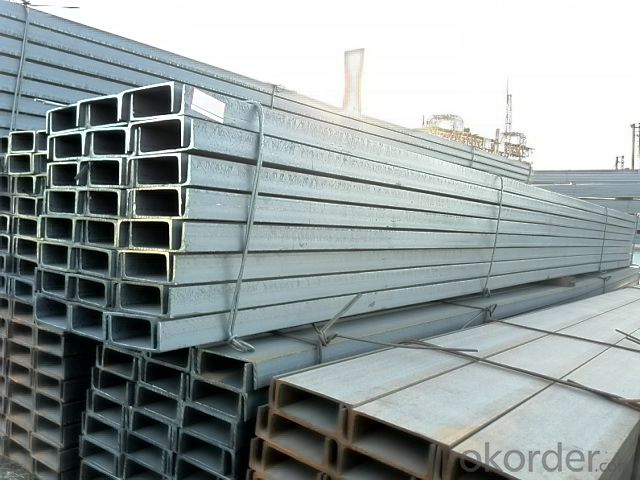
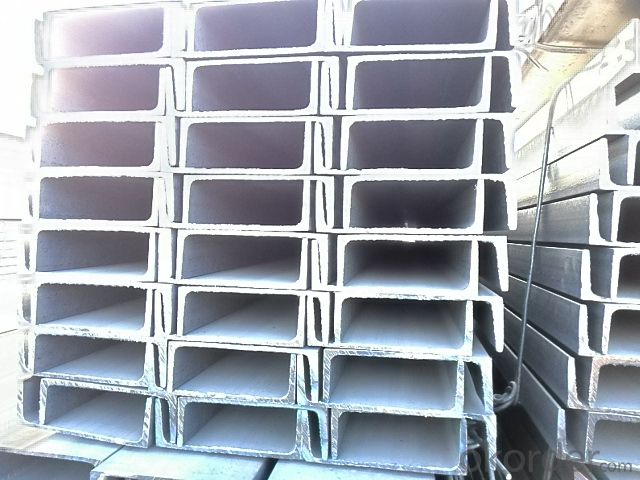
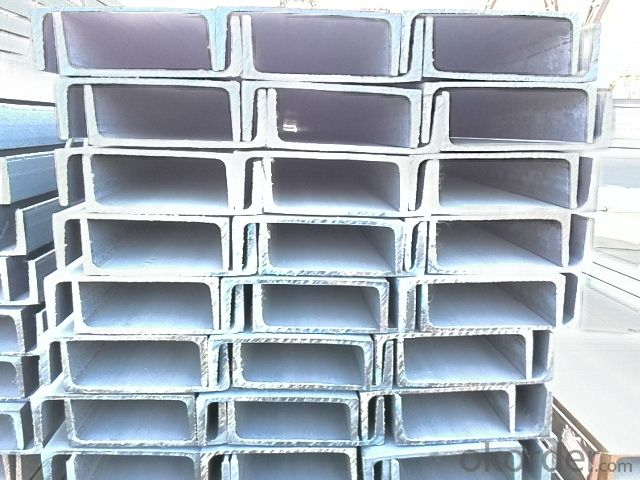
- Q: Can steel rebars be used in composite construction systems?
- Indeed, steel rebars can be employed within composite construction systems. Composite construction denotes the merging of various materials, typically concrete and steel, to generate a sturdier and more effective structure. Steel rebars are frequently utilized as reinforcement in concrete structures, delivering supplementary strength and longevity. Within a composite construction system, steel rebars are integrated into the concrete, establishing a connection between the two materials. This amalgamation permits the utilization of concrete's compressive strength and steel's tensile strength, resulting in a remarkably efficient and resilient structure. The utilization of steel rebars in composite construction systems provides numerous advantages. Primarily, it bolsters the structural integrity of the construction by amplifying its load-bearing capacity and resistance to external forces such as earthquakes or heavy loads. Additionally, steel rebars assist in managing cracking and enhancing the overall durability of the structure. Moreover, steel rebars offer flexibility in design and construction. They can be easily molded and positioned in accordance with the specific requirements of the structure, enabling intricate and complex designs. Furthermore, steel rebars can be prefabricated off-site, streamlining the construction process and saving time. In conclusion, steel rebars are an essential element of composite construction systems. Their incorporation in conjunction with concrete offers numerous benefits, including heightened strength, durability, and flexibility.
- Q: How are steel rebars used in the construction of airports?
- Steel rebars are used in the construction of airports to reinforce and strengthen concrete structures such as runways, taxiways, terminal buildings, and other infrastructure. These rebars are embedded within the concrete to provide tensile strength and prevent cracking, ensuring the structural integrity and durability of the airport facilities.
- Q: How are steel rebars protected against damage during the construction process?
- Steel rebars are protected against damage during the construction process through various methods such as proper storage, application of protective coatings, and careful handling.
- Q: What are steel rebars made of?
- Steel rebars, also known as reinforcement bars, are primarily made of carbon steel. Carbon steel is an alloy of iron and carbon, with other elements such as manganese, silicon, and copper added in small quantities to enhance its properties. The carbon content in steel rebars is typically around 0.2% to 0.3%, which provides the necessary strength and durability required for reinforcing concrete structures. The steel used for rebars undergoes a process called hot rolling, where it is heated to high temperatures and then passed through rollers to form the desired shape and size. This process helps to improve the mechanical properties and structural integrity of the rebars, making them suitable for applications that require added strength and support in concrete construction.
- Q: What are the standard sizes for steel rebars?
- The standard sizes for steel rebars typically range from #3 to #18, with diameters ranging from 3/8 inch to 2 1/4 inches.
- Q: How is steel rebar made?
- Steel rebar, short for reinforcing bar, is made through a process known as steel reinforcement fabrication. The first step in making steel rebar is to melt down raw materials such as iron ore, coal, and limestone in a blast furnace. This process, known as smelting, produces molten iron. Next, the molten iron is refined and purified in a basic oxygen furnace, where impurities such as carbon, sulfur, and phosphorous are removed. This refining process ensures that the resulting steel has the desired strength and properties. After refining, the steel is then cast into billets, which are long, solid bars. These billets are then heated and rolled into thin, elongated strands known as rebars. The rolling process involves passing the billets through a series of rollers that gradually shape and elongate the steel. Once the rebars are formed, they are cooled and cut into desired lengths. These lengths can vary depending on the intended use of the rebar, such as reinforcing concrete in buildings, bridges, or other structures. To further enhance the strength and durability of the rebar, it can undergo a process called quenching and tempering. This involves heating the rebar to a high temperature and then rapidly cooling it, followed by reheating and slow cooling. This process helps to improve the rebar's mechanical properties, making it more resistant to wear, corrosion, and other external forces. Finally, the rebar goes through a surface treatment process, such as hot-dip galvanizing or epoxy coating, to protect it from rust and corrosion. This coating ensures that the rebar maintains its structural integrity and longevity when used in various construction applications. Overall, the production of steel rebar involves a series of steps including smelting, refining, casting, rolling, cutting, heat treatment, and surface coating. These processes ensure that the final product meets the necessary strength and durability requirements for reinforcing concrete structures.
- Q: How do steel rebars affect the environmental sustainability of a structure?
- Steel rebars can have both positive and negative impacts on the environmental sustainability of a structure. On one hand, steel rebars are a sustainable choice as they are made from recycled materials. Steel is one of the most recycled materials in the world, which helps in reducing the demand for virgin resources and the associated environmental impacts of extraction and processing. Additionally, steel rebars are highly durable and have a long lifespan, which means that structures reinforced with steel rebars require less maintenance and replacement over time. This reduces the overall environmental impact associated with the construction and demolition of structures. On the other hand, the production of steel rebars has some negative environmental consequences. The manufacturing process involves high energy consumption, carbon emissions, and the release of pollutants into the atmosphere. The extraction and processing of iron ore, as well as the conversion of iron into steel, can contribute to deforestation, air and water pollution, and habitat destruction. However, the negative impacts of steel rebars can be mitigated through sustainable manufacturing practices. For example, using energy-efficient technologies, utilizing renewable energy sources, and implementing strict emissions controls can help reduce the environmental footprint of steel production. Moreover, the environmental sustainability of a structure also depends on the overall design and construction practices. By adopting sustainable design principles, such as optimizing the use of materials, minimizing waste, and incorporating energy-efficient features, the negative impacts of steel rebars can be further reduced. In conclusion, while steel rebars have some negative environmental impacts in their production process, their use in construction offers several sustainability benefits such as recycling, durability, and reduced maintenance needs. By adopting sustainable manufacturing practices and integrating them into environmentally conscious design and construction practices, the overall environmental sustainability of structures can be greatly enhanced.
- Q: How are steel rebars protected during transportation and shipping?
- Steel rebars are typically protected during transportation and shipping by being bundled together and secured with strapping or wire. They may also be wrapped in plastic or covered with a protective coating to prevent corrosion and damage from moisture or other external elements. Additionally, proper handling and loading techniques are employed to minimize the risk of deformation or breakage during transportation.
- Q: How do steel rebars affect the flexibility of a concrete structure?
- Steel rebars can greatly affect the flexibility of a concrete structure. Rebars, which are essentially steel bars inserted into concrete to provide reinforcement, enhance the structural strength and durability of the concrete. The presence of rebars increases the tensile strength of the concrete, making it more resistant to cracking and bending under external loads. By distributing the load across the entire structure, steel rebars help to prevent localized stress concentrations. This is particularly important in areas such as beams or columns, where large amounts of weight or pressure can be concentrated. The rebars act as a support system, effectively transferring the load to different parts of the structure, ensuring that the concrete can withstand the applied forces without failure. Additionally, steel rebars provide flexibility to the concrete structure by allowing for controlled cracking. Concrete is a brittle material and tends to crack under tensile stress. However, the presence of rebars helps to control and limit the size and extent of cracks that may occur. As the rebars absorb some of the tensile forces, they help to distribute the stress and prevent large cracks from forming. This enhances the overall flexibility of the structure, as controlled cracking allows for slight movements and deformation without compromising the structural integrity. In summary, steel rebars play a crucial role in enhancing the flexibility of a concrete structure. They provide reinforcement and increase the tensile strength of the concrete, preventing cracking and bending under external loads. The rebars also allow for controlled cracking, which helps to distribute stress and maintain the structural integrity of the concrete.
- Q: 16 meters of thread steel, how many meters?
- Thread steel factory specifications, part thickness is generally 9m or 12m root
Send your message to us
JIS Standard U-channels with best quality
- Loading Port:
- Tianjin
- Payment Terms:
- TT OR LC
- Min Order Qty:
- 25 m.t.
- Supply Capability:
- 10000 m.t./month
OKorder Service Pledge
OKorder Financial Service
Similar products
Hot products
Hot Searches
Related keywords
